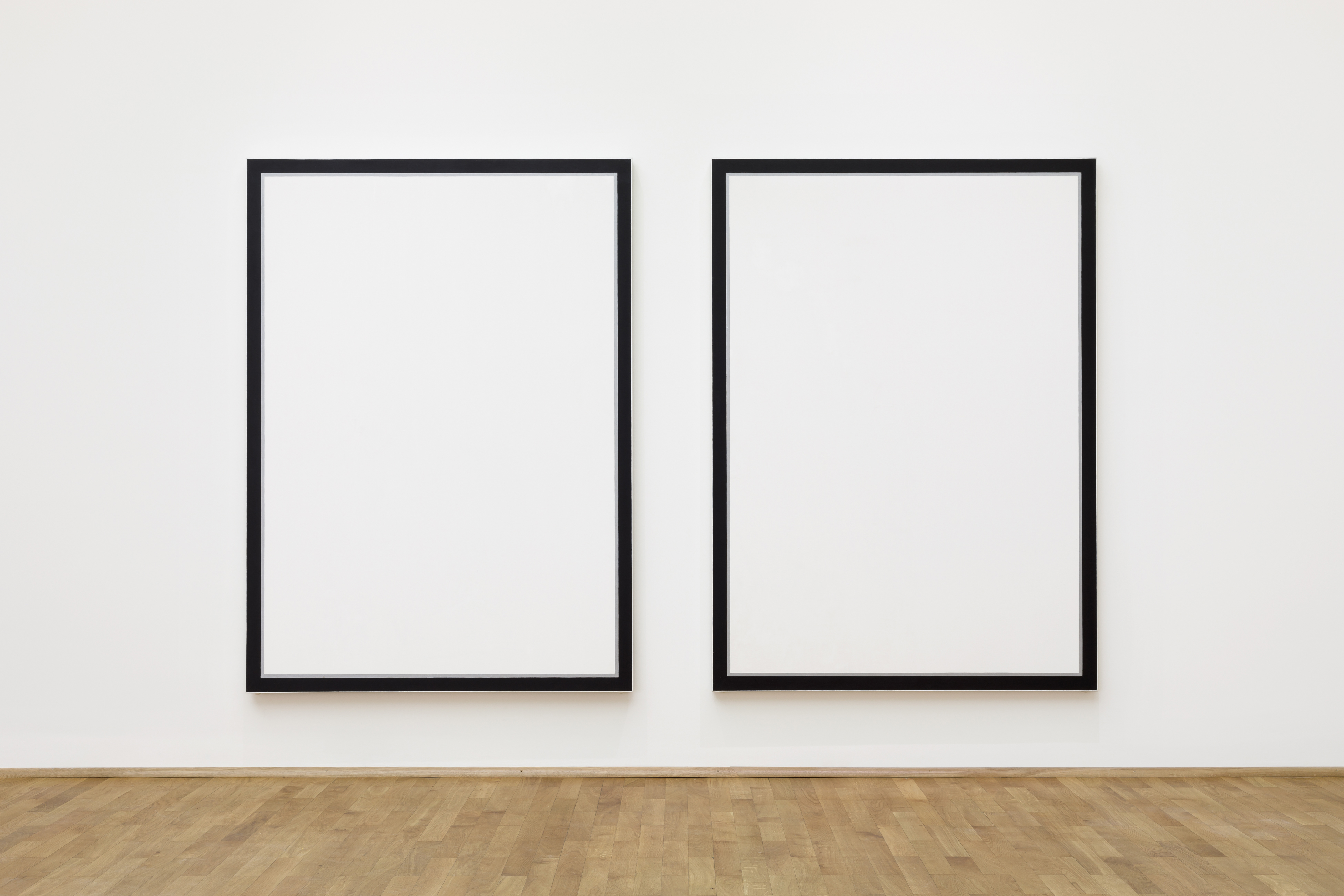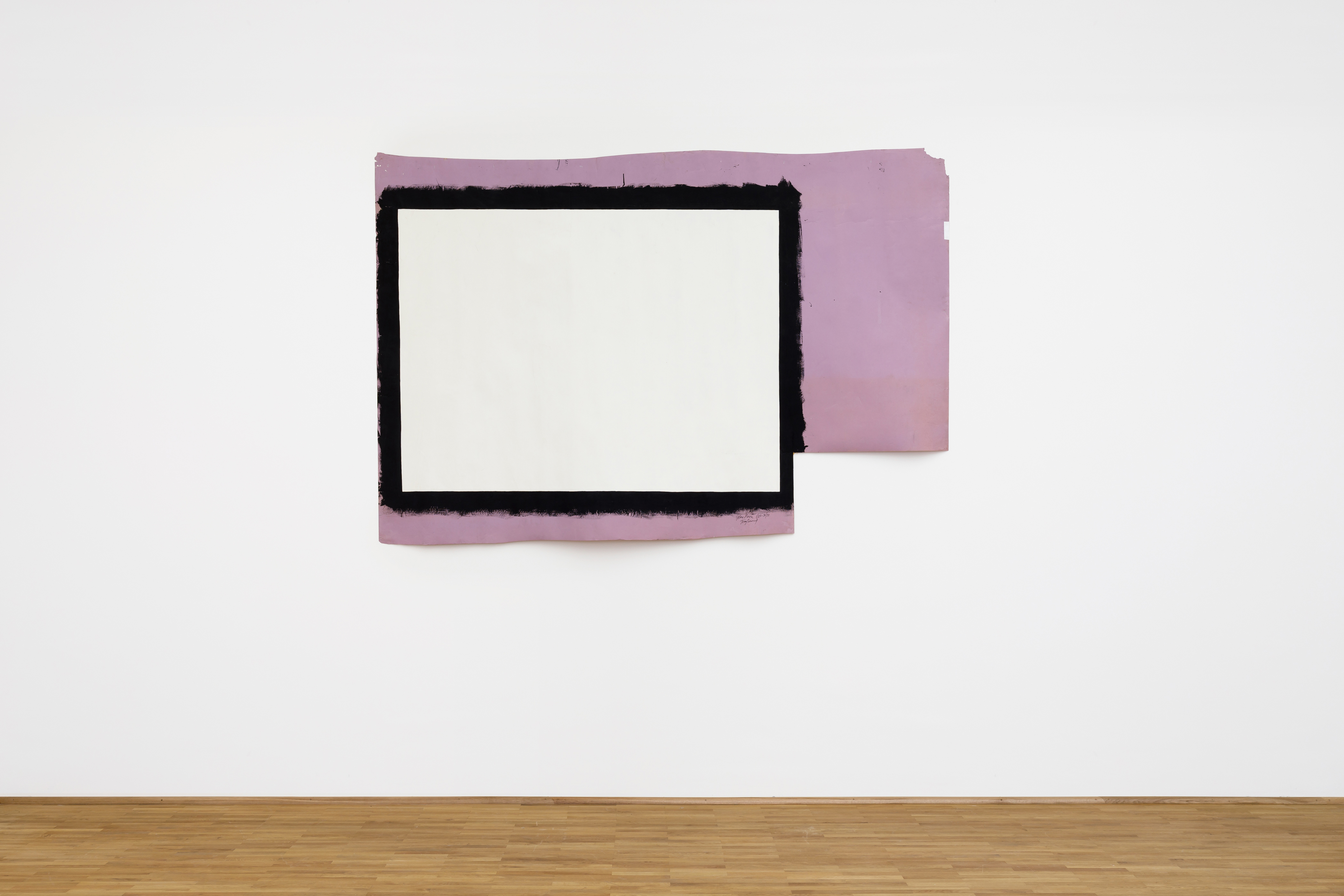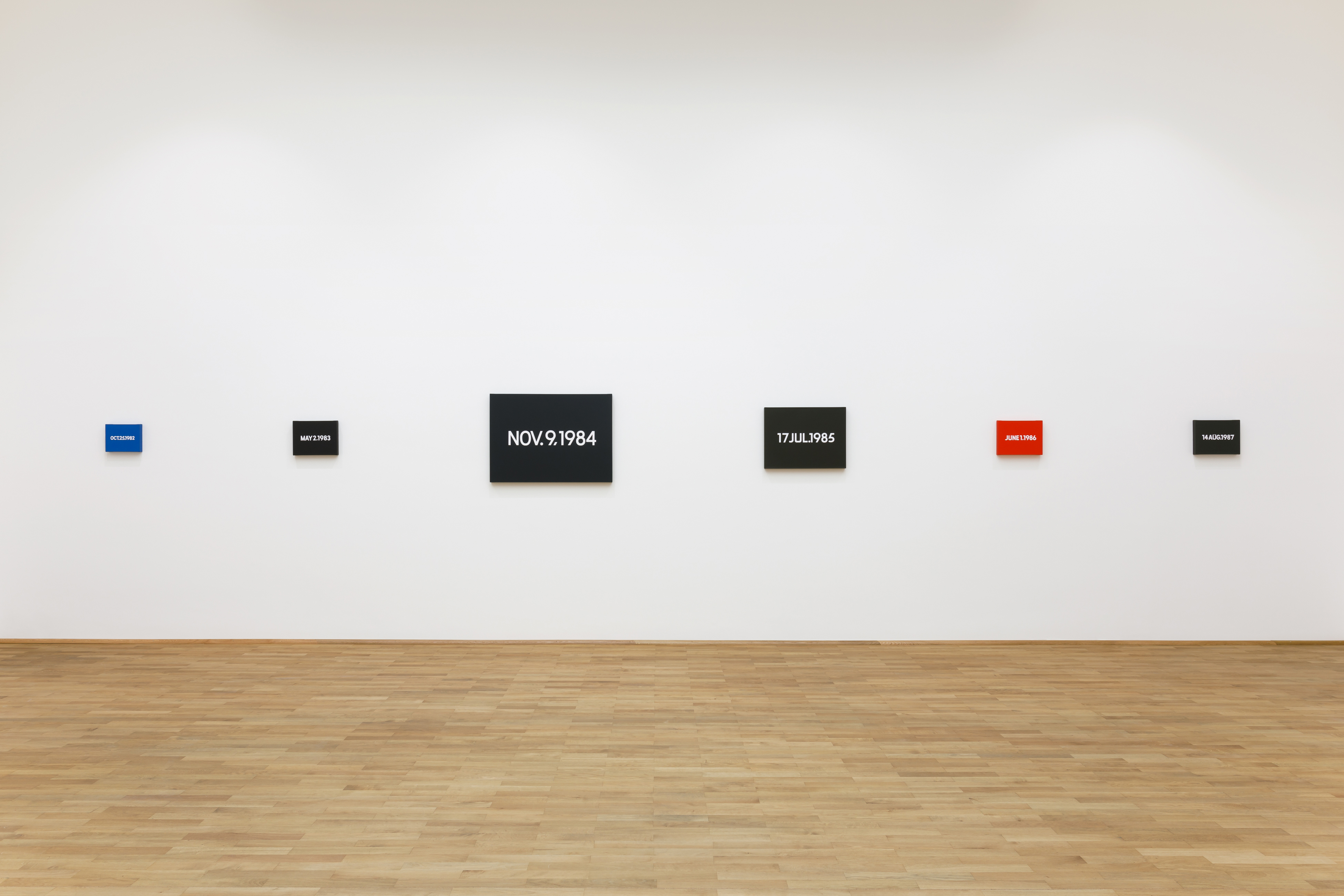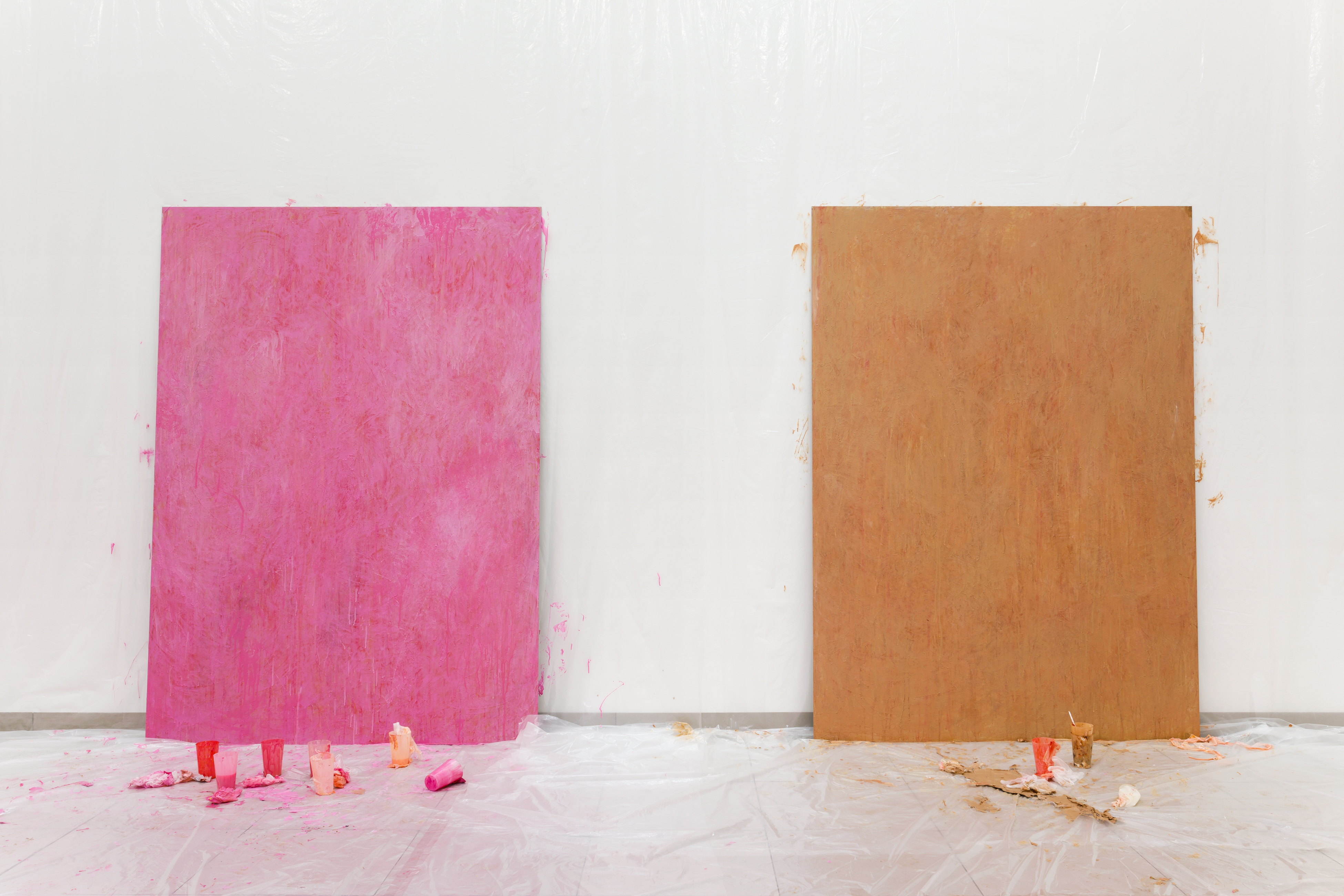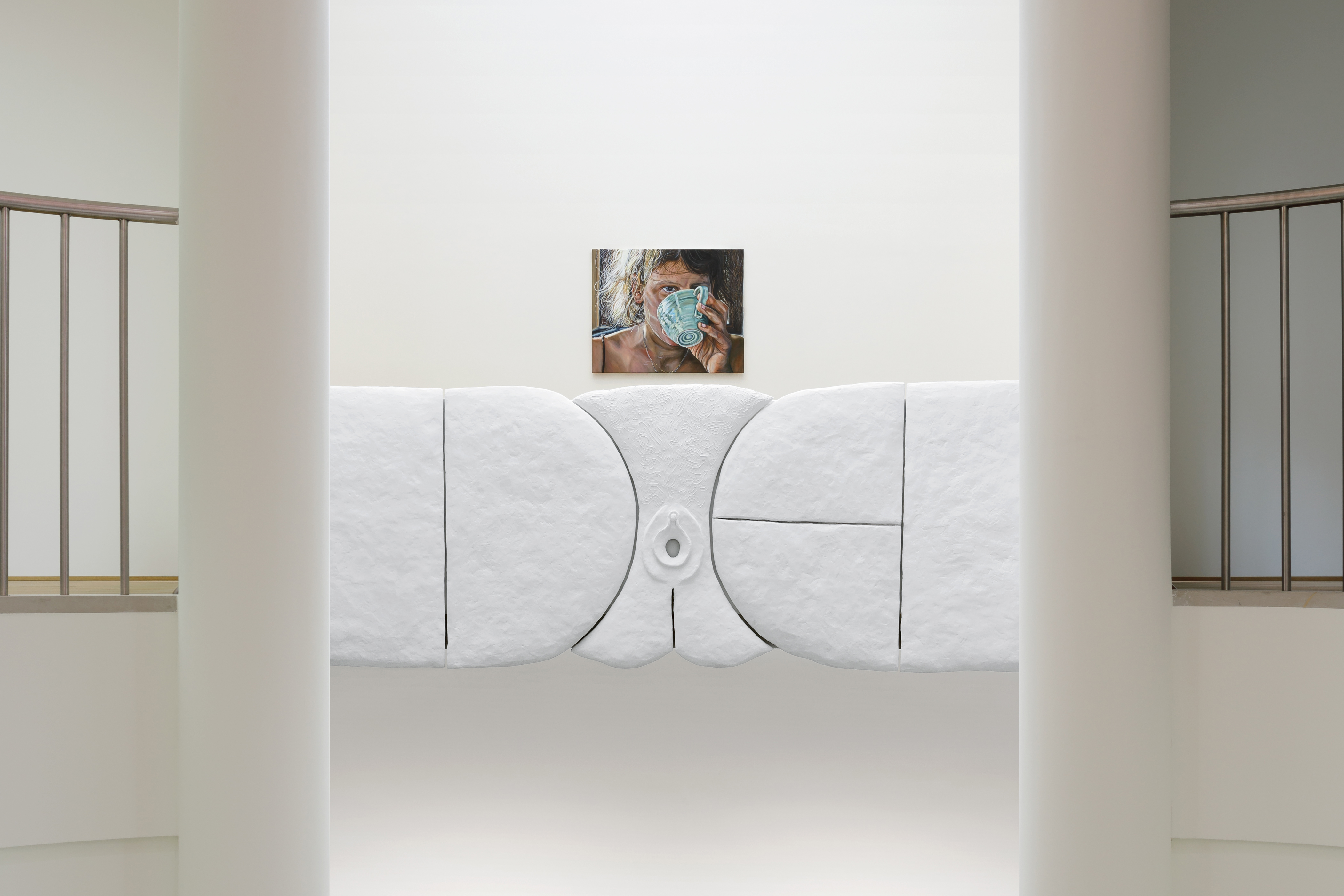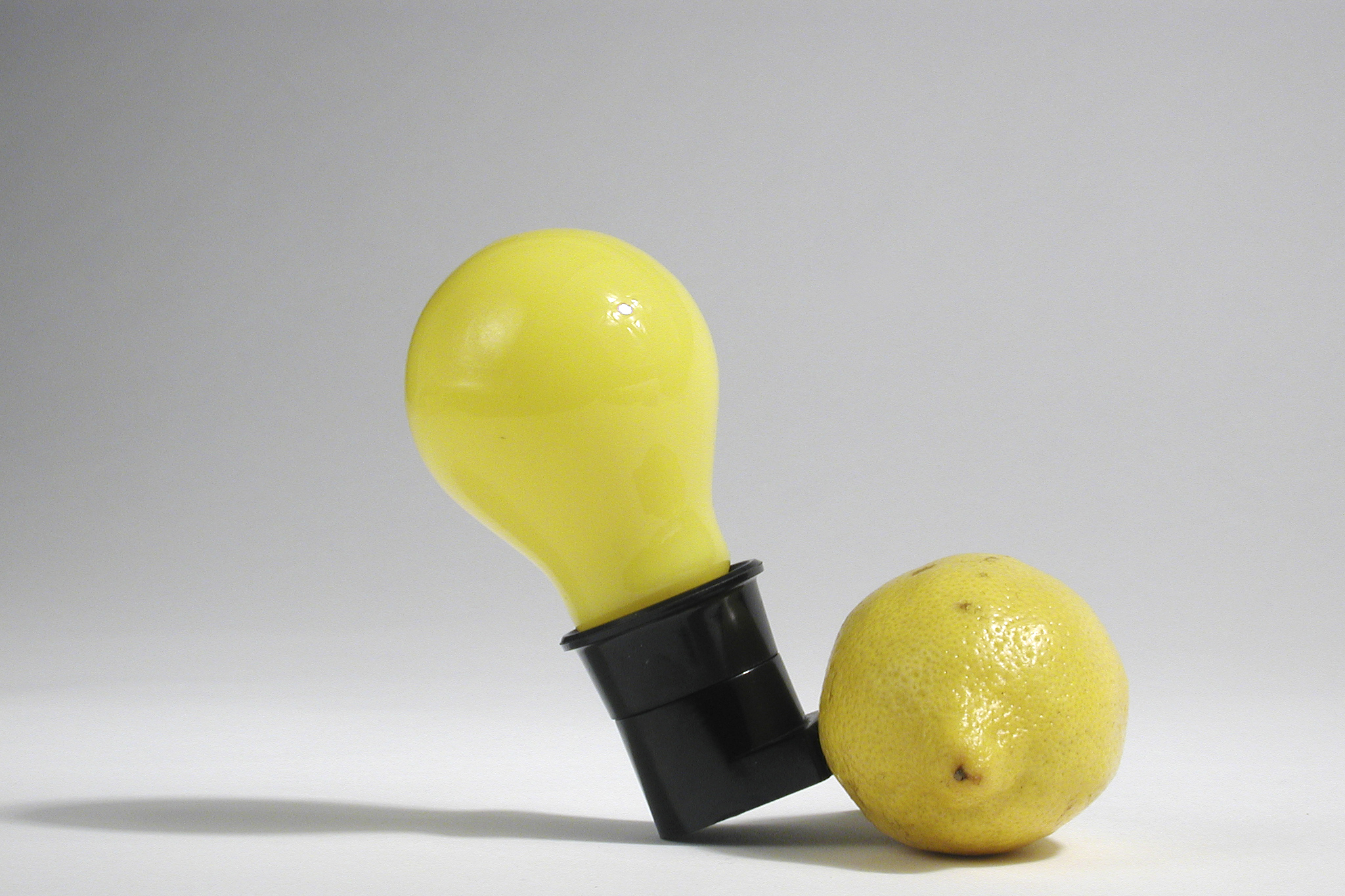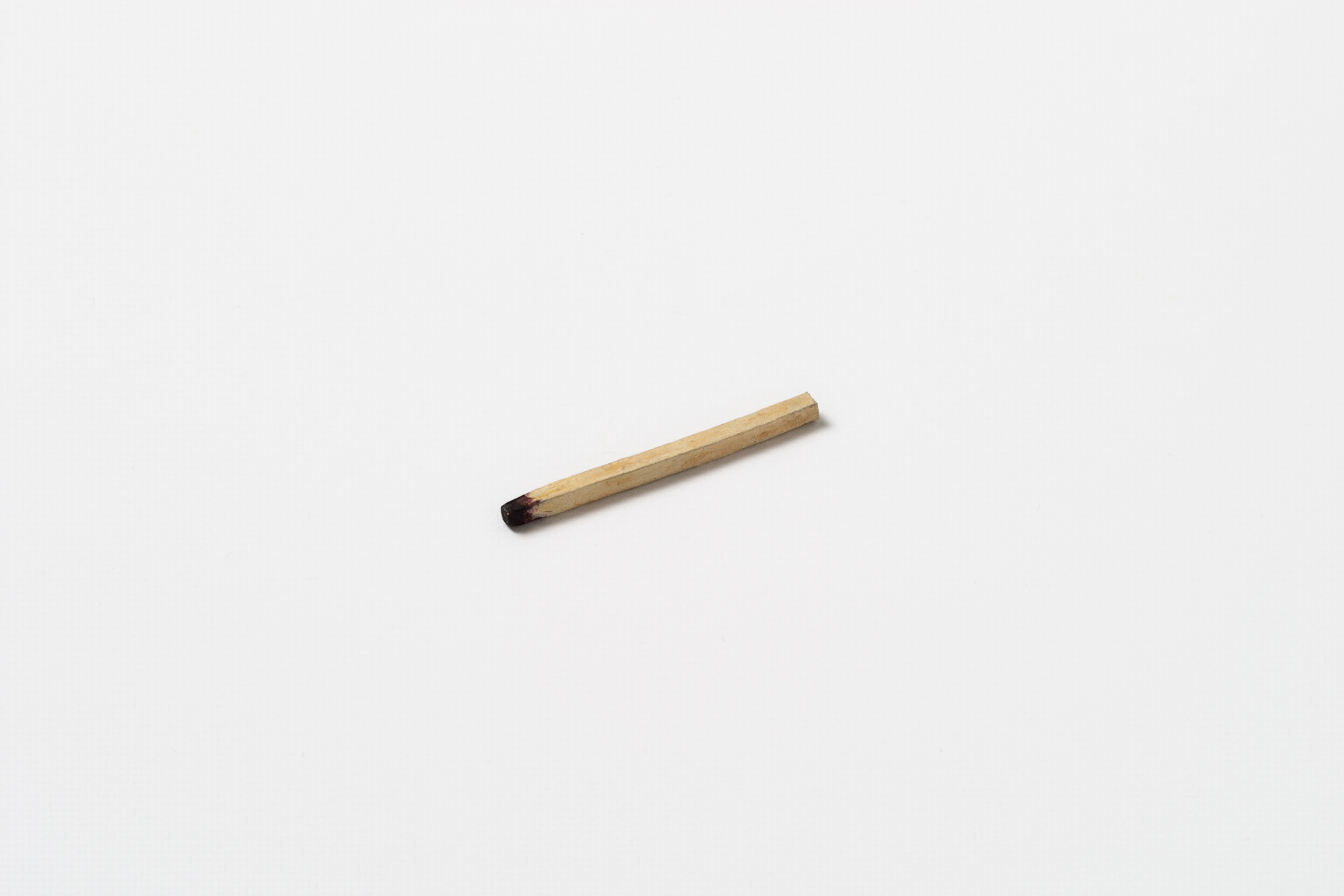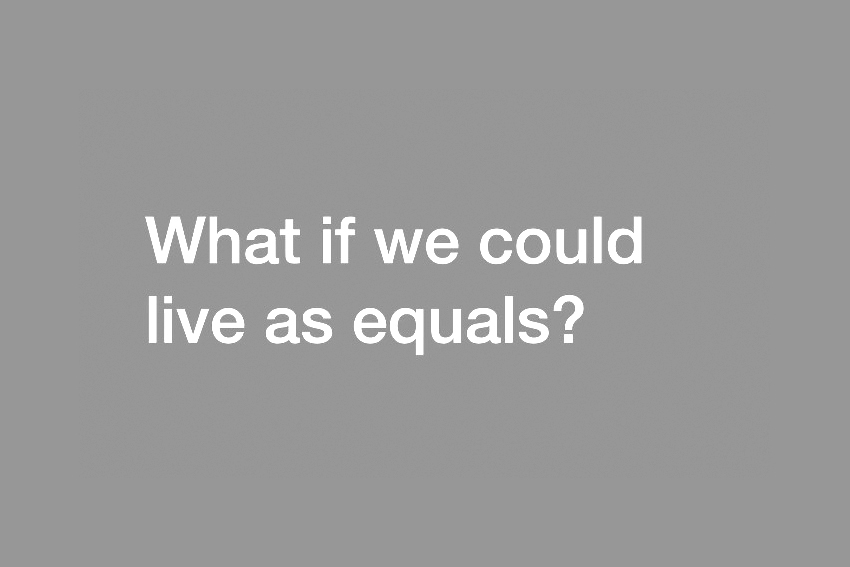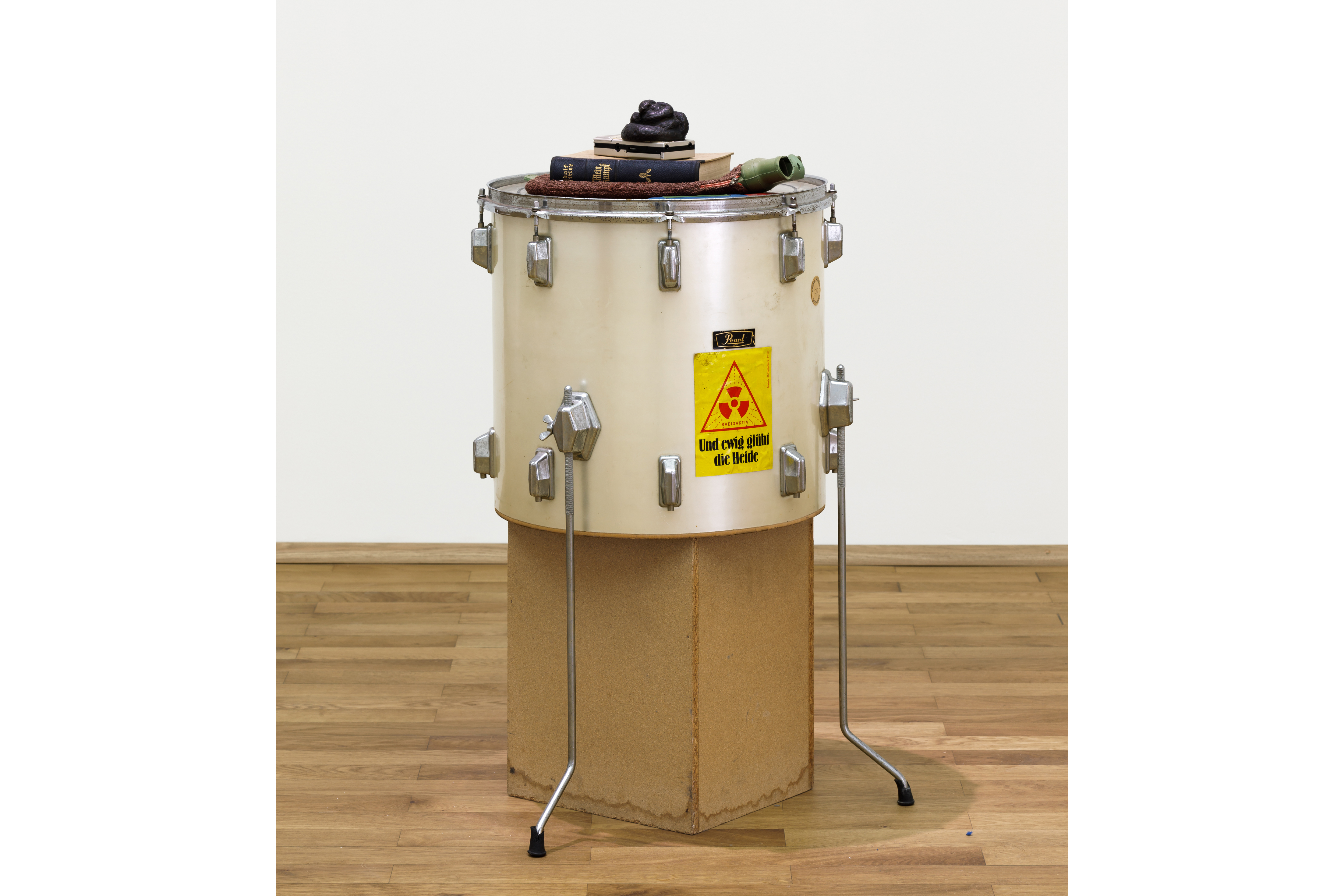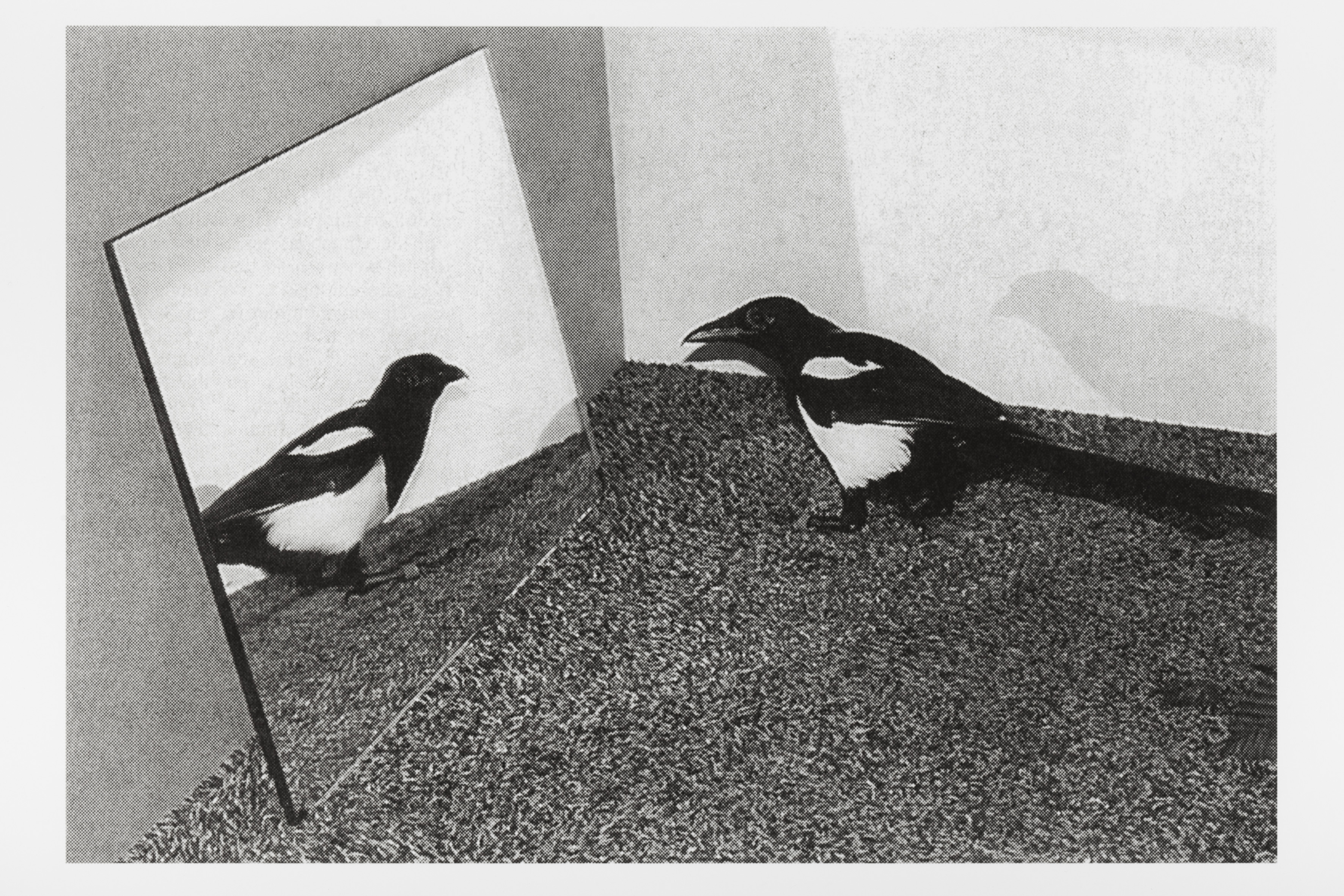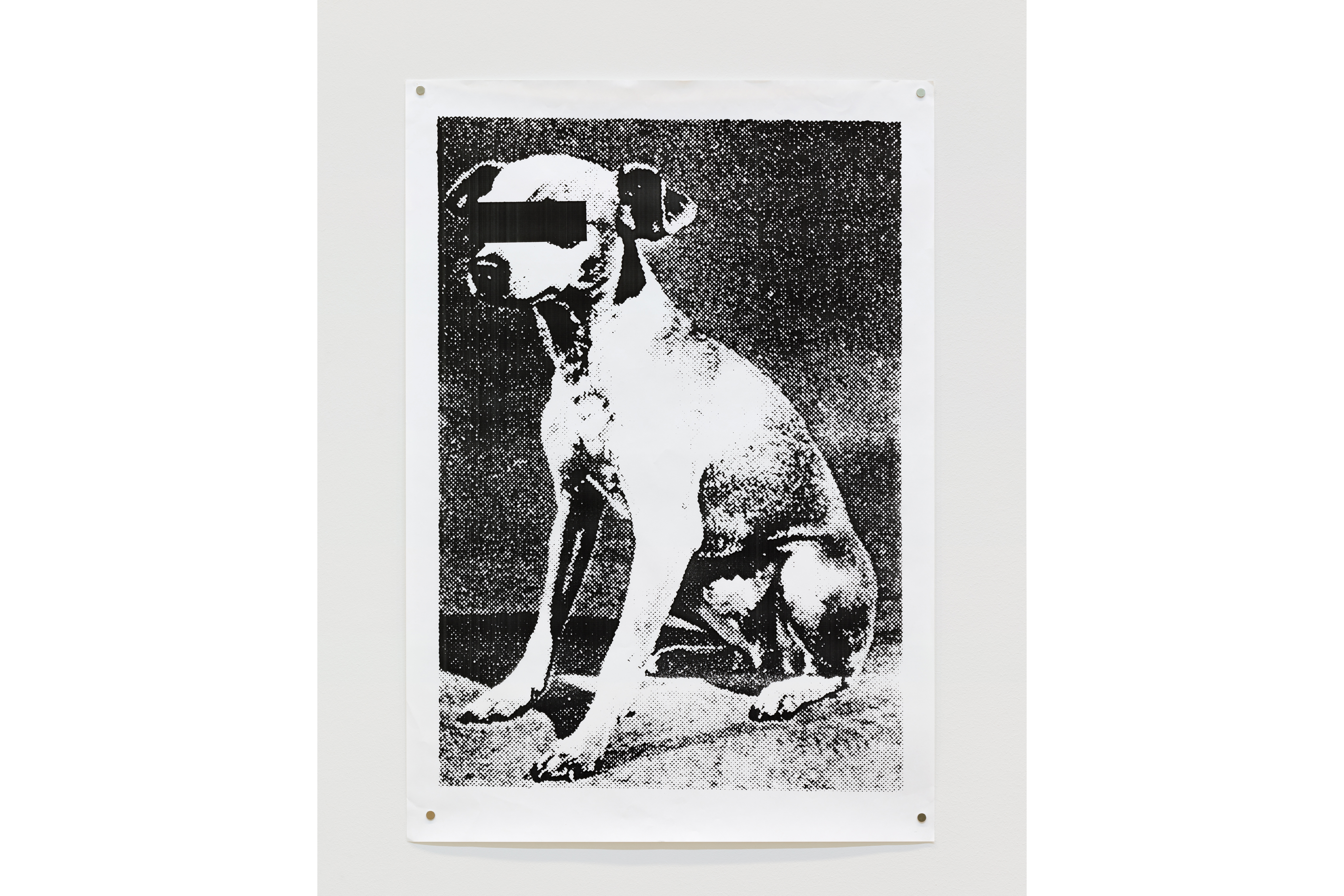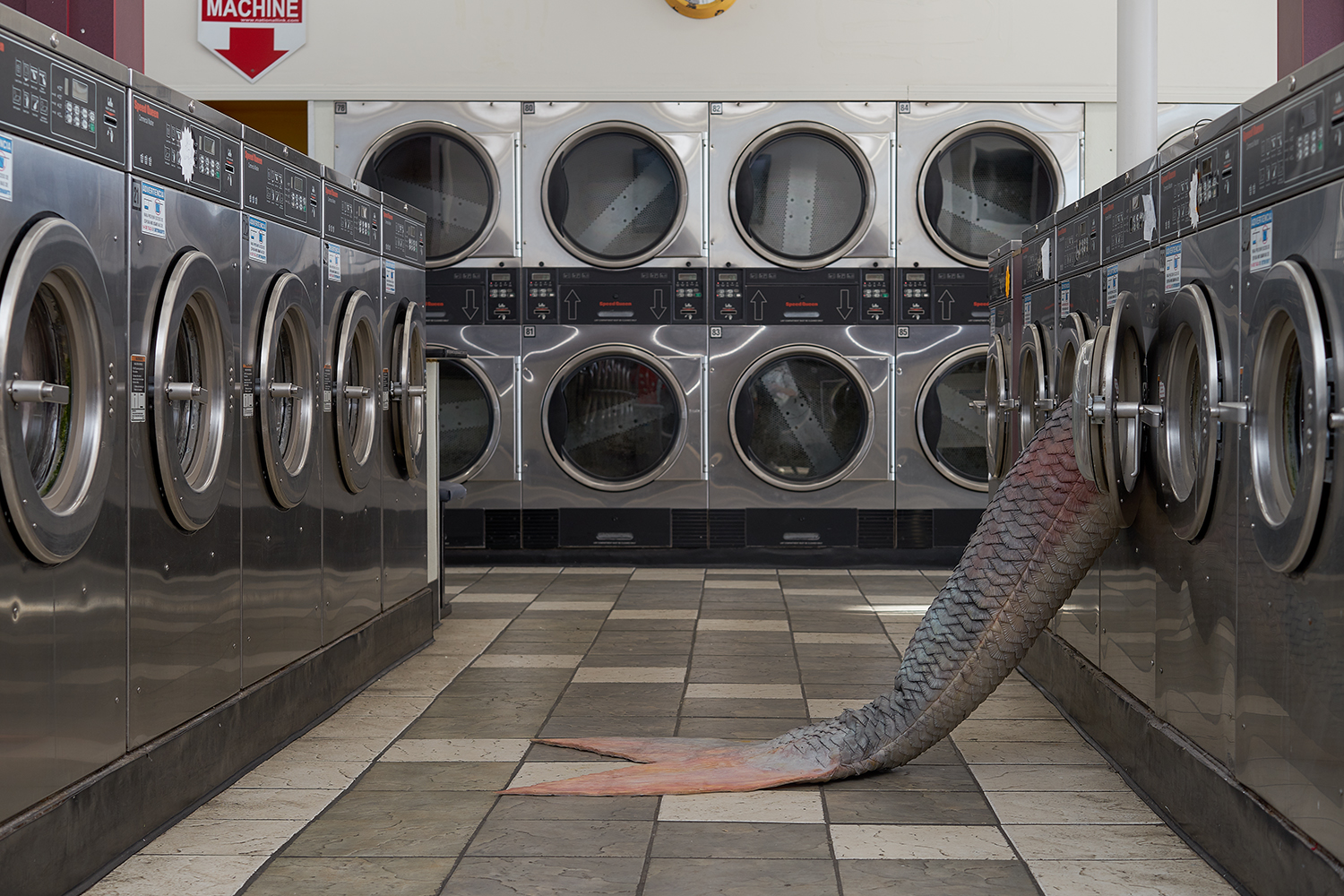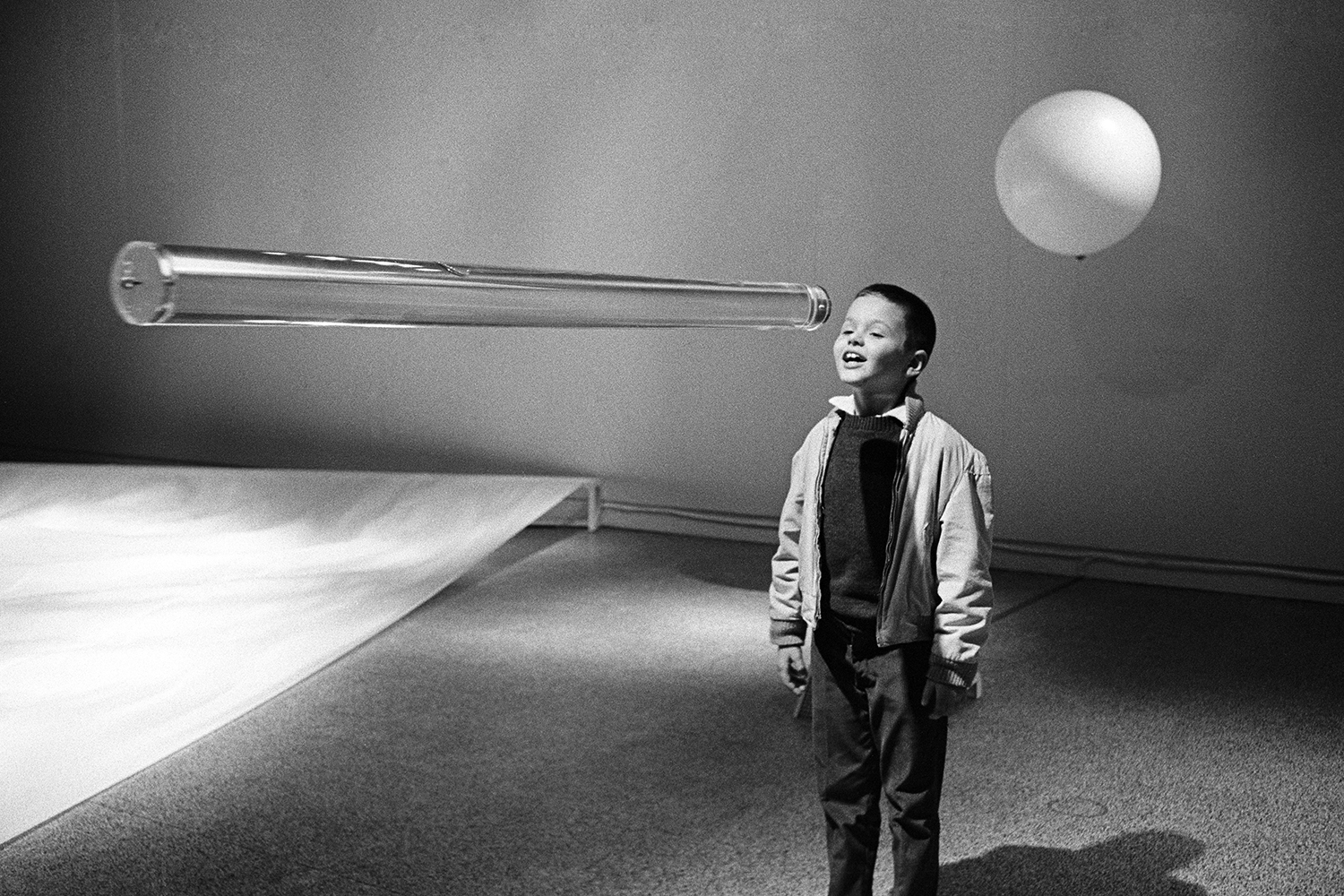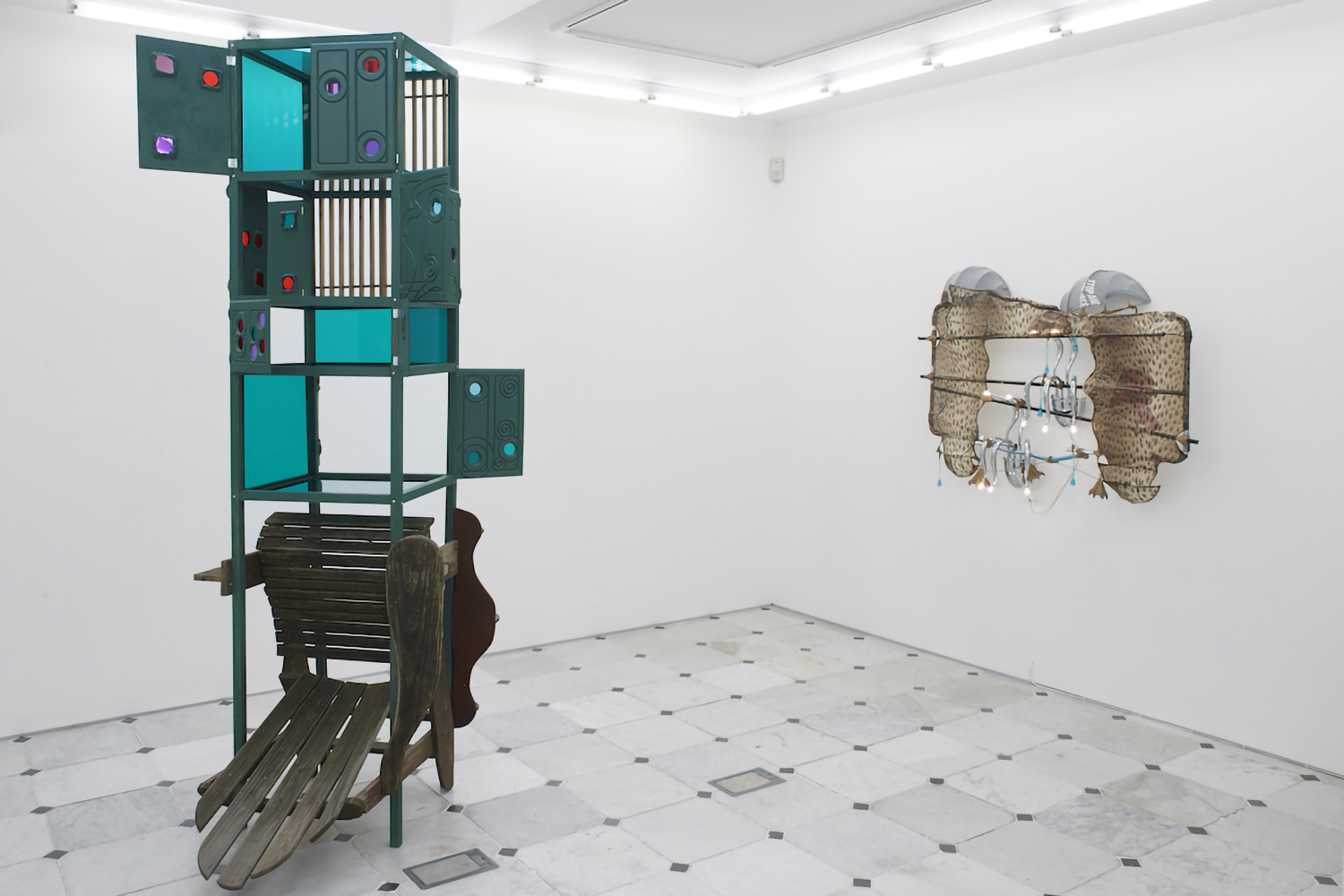Titling an exhibition “Museum” is nothing if not an ambitious gesture. At a moment when art institutions are being rigorously critiqued and interrogated by a generation of young artists and activists, placing the institution at the heart of an exhibition offers the viewer a timely, if risky, proposition. How does a cultural institution both exhibit and perform itself without succumbing to onanistic navel-gazing? The MMK offers only a brief note as a guide to its expansive tripartite show — one that includes artists as diverse in form and aims as Cy Twombly, Oliver Laric, Adrian Piper, and Jo Baer. I confess this introductory note struck me as unpropitious, not least this rather blasé passage: “Rather than critically questioning the institution, the focus is on exploring its possibilities.” Every institution is entitled to approach an exhibition in its own way, and this focus on the propositional aspect of museums at least ensues from an honest intention, but “exploring possibilities” can cover a number of sins. The overwhelming question for me was whether “Museum” managed to contain the multitudes to which the title alludes.
Among the most impactful works included in “Museum” were those that dealt with the physical space of the museum and the status of place in art. Cameron Rowland’s powerful installation D37 (2018), composed of objects purchased at police auctions and shown in the gallery’s Zollamt annex, brought the politics of space, display, and vulnerability into intense relief. Jana Euler’s MMK Triptychon (2019) deftly wove the physical idiosyncrasies of Hans Hollein’s building into her contribution while posing urgent questions about the gendering of space (urgent even within “Museum” itself, as the show’s more than two-to-one ratio of male to female artists suggests gender parity isn’t one of the possibilities the show was seeking to explore). Pamela Rosenkranz’s Sexual Power (Seven Viagra Paintings) (2018–19) also examined the dynamics of interior and exterior space, her paintings standing amid the detritus of the painterly act: buckets of pigment, gloves, and protective coverings, bringing the “messy” creative process into the white-walled chamber of contemplation.
“Museum” also featured contributions from some of the usual suspects of institutional critique, the inevitable Joseph Beuys, as well as Marcel Broodthaers, the subject of one of Douglas Crimp’s — one of the great writers of institutional critique — best essays. Broodthaers’s contribution references his attempt to sell his own institutional creation, the Museum of Modern Art (Department of Eagles), at Art Cologne in 1971. In an age of extractive industry sponsorships and questionable senior staff appointments by notable museums, the work feels bleakly prescient. Several rooms in “Museum” are dedicated to the work of On Kawara, including a glass enclosure set up as a “smoking room” by the artist in collaboration with the MMK in 2002, in which a recording of Kawara’s One Million Years Past–Future (Reading)plays to visitors assembled in the purpose-built nicotine refuge. The artist’s meditations on the dynamics of time and futility — and indeed the ironies of institutionally accommodating life-threatening pastimes like smoking — highlight the painful dichotomies that define human intention in the face of time. Museums often sit on the fault lines of preservation and destruction (as A.K. Burns’s nine-channel video Survivor’s Remorse (2018) explores in relation to the life of the artist and activist David Wojnarowicz); in creating a space for objects to endure, often ways of life and people can be devalued. Though it is not necessarily the exhibition’s intention to “critically question” the institution, happily the artists included never shied away from doing so.

